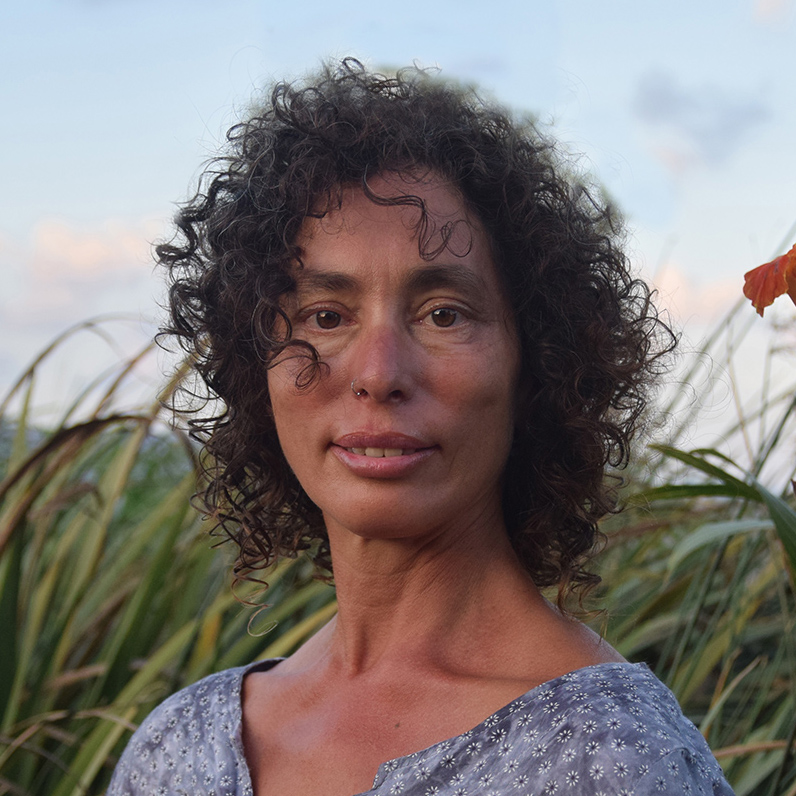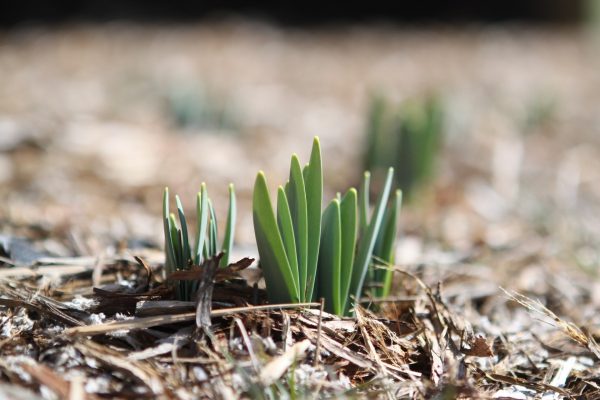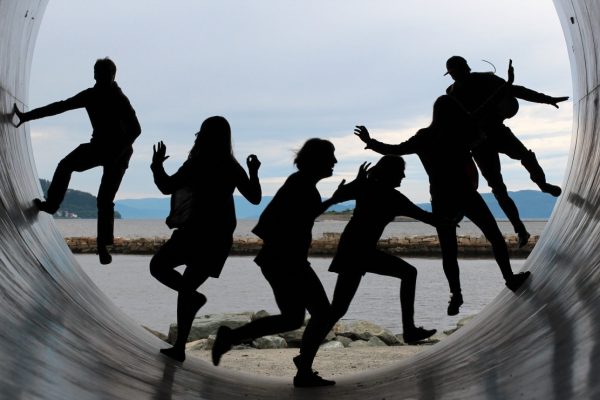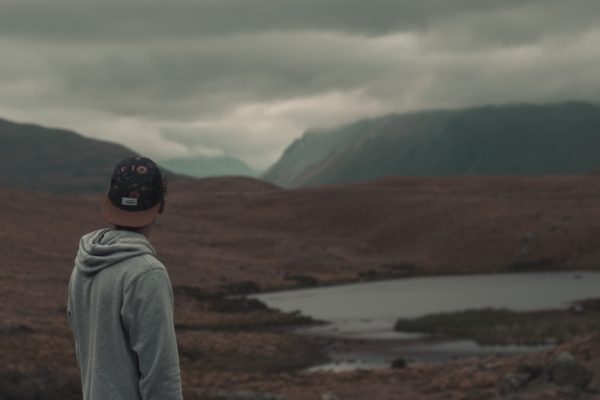Transcript: Says Rabbi Hisda in the Talmud: “A dream not explored is like a letter not read.” This Elul exercise is an invitation to read our own messages to ourselves, brought to us in the form of our dreams.
As Rainer Maria Rilke writes, “We give birth to our images.” As Carl Jung teaches, our dreams are our soul speaking to us through our unconscious.
The images that appear in our dreams, which are all the result of our own creative spirit, reflect aspects of our unconscious. When we drop back into our dreams, embody the images we created, and give them voice, they tell us about our inner lives, revealing aspects of ourselves we may be too inhibited to express in our waking state. Often, images appear in our dreams because we identify with certain aspects of these images. Sometimes, they’re recreations of things we saw in our waking state, and sometimes, they are total imaginative creations. Either way, they are there because we put them there, and only we can decipher their message.
The following exercise is a first step toward hearing the messages we are telling ourselves through our dreams. Choose an image or element of a dream of yours that was especially vivid or interesting, that felt especially significant. If that image stuck with you after waking, it is a good sign that it is an important image for you, and full of rich material for inner work. Then, try your best to drop into that image. Become that image, and try to speak as that image.
Begin describing yourself as that image or element in as much detail as possible. For example: I am the ocean in Haviva’s dream. I am vast and deep, mysterious and stormy. Or, I am the van in Haviva’s dream. I have nine seats, one for each member of the Ner-David family. I am a no-frills vehicle, safe and sturdy, and get the family where they need to go as a whole. I have lots of dents and scratches, and not so many years left in me, but I’m still functioning. That’s an example.
And then, answer the following questions, either by writing or by speaking into a recording device.
What is your purpose in this dream?
How does it feel to be you, the image?
What I like about being this is…?
What I dislike about being this is…?
My greatest fear about being this is…?
My greatest desire about being this is…?
As this image, is there anything you’d like to say to the dreamer?
So, when you answer these questions, feel free to stop the recording and then answer it, and then listen to another and then stop the recording and then answer it.
After you’re finished, ask yourself: were there moments when doing this exercise when you felt an “aha” moment? As you spoke as this image, did you feel what you were saying related to things going on in your life, or things you’re feeling now especially in this period of your life?
If you feel so moved, do this with more than one image in your dream. You can even take this exercise further into journaling or painting and see what emerges. Try not to censor yourself. No one has to see your results, unless you choose to share them. And most importantly, while this is serious inner work, have fun with it.n
 Rabbi Haviva Ner-David is a writer, rabbi, mikveh specialist and spiritual companion. She is the founder of Shmaya: A Mikveh for Mind, Body and Soul, at Kibbutz Hannaton, where she acts as a mikveh guide and consultant. She has two published memoirs with Ben Yehuda Press (Life on the Fringes: A Feminist Journey Towards Traditional Rabbinic Ordination, and Chanah’s Voice: A Rabbi Wrestles with Gender, Commandments, and the Women’s Rituals of Baking, Bathing and Brightening) and the forthcoming Getting (and Staying) Married Jewishly: A Guidebook for Couples. Her debut novel, Hope Valley, which is about the friendship between a Palestinian-Israeli and a Jewish-Israeli woman in Galilee, came out in April with Bedazzled Ink Publishers, and her third memoir, Dreaming Against the Current: A Rabbi’s Soul Journey, is due out later this year. Haviva is a spiritual companion (for both individuals and couples) with a specialty in dreamwork, and she often combines that work with mikveh immersion rituals. She lives on Kibbutz Hannaton with her life partner, Jacob, with whom she parents their seven children. She also lives with a degenerative genetic muscular disease called FSHD, which has been one of her greatest teachers.
Rabbi Haviva Ner-David is a writer, rabbi, mikveh specialist and spiritual companion. She is the founder of Shmaya: A Mikveh for Mind, Body and Soul, at Kibbutz Hannaton, where she acts as a mikveh guide and consultant. She has two published memoirs with Ben Yehuda Press (Life on the Fringes: A Feminist Journey Towards Traditional Rabbinic Ordination, and Chanah’s Voice: A Rabbi Wrestles with Gender, Commandments, and the Women’s Rituals of Baking, Bathing and Brightening) and the forthcoming Getting (and Staying) Married Jewishly: A Guidebook for Couples. Her debut novel, Hope Valley, which is about the friendship between a Palestinian-Israeli and a Jewish-Israeli woman in Galilee, came out in April with Bedazzled Ink Publishers, and her third memoir, Dreaming Against the Current: A Rabbi’s Soul Journey, is due out later this year. Haviva is a spiritual companion (for both individuals and couples) with a specialty in dreamwork, and she often combines that work with mikveh immersion rituals. She lives on Kibbutz Hannaton with her life partner, Jacob, with whom she parents their seven children. She also lives with a degenerative genetic muscular disease called FSHD, which has been one of her greatest teachers.












One Response
Rabbi Haviva’s wisdom have changed my life. I First met her as an instructor at a Dream Course. I had and have many dreams but could not understand them or hear my soul Voice. She taught us in the Course How to hear our soul. The amazed Works that the Mikve waters(water of Eden), make in our lives was Heard my dreams. I met Rabbi in person in Israel and this time as Mikve Guide and as Rabbi who wrote an outstanding celebration’ text for our Tevilah of 20 years of marriage. There was an unique time of love, Hope, Joy and soul union with my Husband- and with, B’H, our Elokim.
We are Very Grateful! May Hashem give her Oz and open the gates of heaven to bring her and her Works and studies to bless and change much more lives everyday. May Hashem provide people who can make It possible. May Hashem provide funds to make that possible. May Hashem give her health, wealth and Shalom!